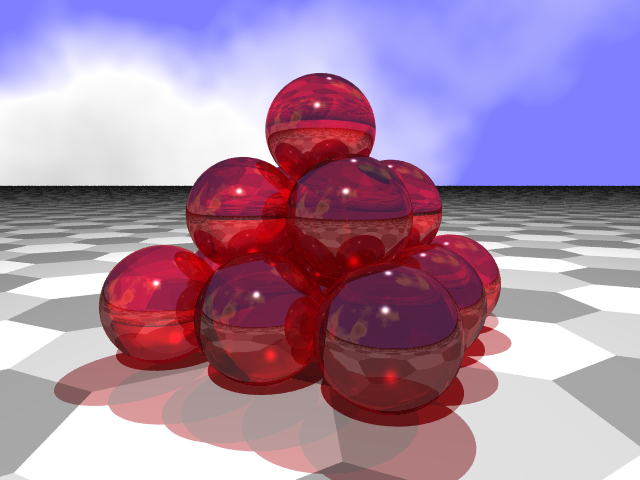Jojon wrote:Jamey wrote:If the engine won't be needing sub-worlds, how will we be able to make things like elevators and things like that in our ages? Is there a different method I don't know about?
As Grog said; just plain physics. When YOU stand in an real world elevator and it goes up, the floor pushes up unto your feet, transfering momentum -- this is what we SHOULD have in the game as well. During the development of Plasma, however, the coders ran into some difficulties with this (I am not sure what, probably team A wrote the animation subsystem and another the physics interface and a third the avatar collision detection and then "Oh, do we have to make these three interact?!..and in two days?", or it simply sucked CPU cycles ;P), so they introduced the concept of subworlds as a workaround.
No intertia, by the way? Err, then why do we have a mass property? (not that the avatar seems to have any greater difficulties stopping a moving five ton object dead in its tracks...)
I guess the MystV build had some cloth simulation implemented, if nothing else. :7
I've toyed around with cloth simulation myself in Blender and have seen some amazing results, so I'm hoping we could fully implement that as well. Having kickable softbodies would be pretty fun as well

 Nalates - Guild of Cartographers
Nalates - Guild of Cartographers 
